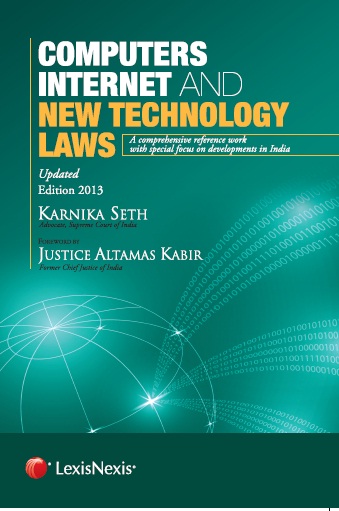The Community Trade Mark Registration
Author: Karnika Seth
THE COMMUNITY TRADE MARK REGISTRATION
The Community Trademark was established by the European Council Directive No. 4094 of December 20, 1993. It has been possible since 1 April 1996 to file an application for a Community Trade Mark registration (“CTM”). As the name suggests, a CTM, if granted, covers all countries within the European Union under one single registration. Community Trademark registrations exist alongside national trademark registrations and provide an alternative to national registration. As such, it represents a potentially significant cost saving for businesses operating in the EU. However, inevitably, there are a number of possible pitfalls which need to be noted and understood.
Application Procedure
Applications are made to the Office for Harmonization with OHIM is normally by fax. Application can be filed in any EU language. OHIM adopts the standard International Classification of Goods and Services, and it is possible for an application to cover up to 3 Classes at no additional cost.
Examination /Opposition Procedure
All CTM applications are checked upon receipt to ensure that they meet the necessary filing requirements. If and when the papers are in order the application is given a filing date and an application number. The application is then examined by OHIM on “absolute” grounds to ensure that the mark is appropriate for registration and not simple say a laudatory term or other unregistrable mark.
OHIM also conducts a search on “relative” grounds to ensure that the mark is not identical or too similar to existing CTM registrations. At the same time details of the application are forwarded to those national Trade Mark Offices within the EU which carry out searches of their own registers. Only 10 of the 25 member states currently carry out searches. The OHIM and the National Office searches are advisory only and do not constitute official objections to the mark in question. The applicant will be advised as to the results of the mark in question. The applicant will be advised as to the results of the searches, and is than able to make an informed decision whether or not to proceed with the application.
This “advisory only” search system makes it crucial for trade mark proprietors to monitor, and, if appropriate, to oppose CTM applications for possible conflicting marks, and trade mark oppositions are currently running at rates far higher than those application in member states. Oppositions can only be filed on relative grounds, i.e. conflict with earlier trade mark rights, but must be filed in one of the five official languages, which includes English. The proceeding are decided normally upon written submissions and evidence filed there are provisions in oppositions for oral hearings and cross examination of witnesses but the use of such provisions is extremely rare. Decisions of the Office may be appealed to a Board of Appeals and a further appeal will be available to the European Court of Justice.
The Community Trade Mark- The Pros and Cons
Pros
I. Costs
Assuming an application precedes smoothly a CTM can provide protection across 25 countries for a fraction of the price of registering separately in each member state
II. Registrability
The threshold test on “relative” grounds is considerably lower than that traditionally applied during the examination process in countries such as the UK, Germany or the Scandinavian countries.
III. Use
Although any registrations which remain unused throughout the EU for at least 5 years may be vulnerable to cancellation proceedings, use in any one, member state may be sufficient to defeat such proceedings.
IV. Claiming Priority
A six-month right of priority may be claimed by an applicant based on their first application filed in a member country of the Paris Convention or the World Trade Organization Agreement.
V. Link with Madrid protocol
In addition, it is possible for a Community Trademark to serve as the basis for an International registration under the Madrid
Protocol.
VI. Claiming Seniority
Owners of earlier national registrations who apply for a Community Trademark in respect of the identical goods or services covered by the national registrations may claim the seniority of the national registrations in the EU member states in which the mark is registered.
Cons
I. All or Nothing
A CTM is basically one registration. If the mark is successfully opposed in any one territory the application fails as a whole. It is possible to convent the application into a series of National application for remaining countries of interest, but this involves payment of additional fees and appointment of local agents, so the cost saving advantage is in this situation removed.
II. Oppositions
The system almost invites brand owners to file oppositions rather than relying on National Registries to protect their interests. The current high level of opposition proceedings inevitably results in considerable delays and uncertainties
III. Overseas Dependent Territories
For protection in some minor overseas dependencies it is currently necessary to maintain a National registration
|
Basic Facts |
|
|
Duration of registration |
10 Years |
|
Renewal Periods |
10 Years |
|
Application to registration assuming no major problems |
2 Years |
|
Costs assuming no problems |
Approximately Pounds 2500 |
Members of the European Union
| Austria | Greece | Portugal |
| Belgium | Hungary | Slovakia |
| Cyprus | Ireland | Slovenia |
| Czech Republic | Italy | Spain |
| Denmark | Latvia | Sweden |
| Estonia | Lithuania | The Netherlands |
| Finland | Luxembourg | United Kingdom |
| France | Malta | |
| Germany | Poland |














